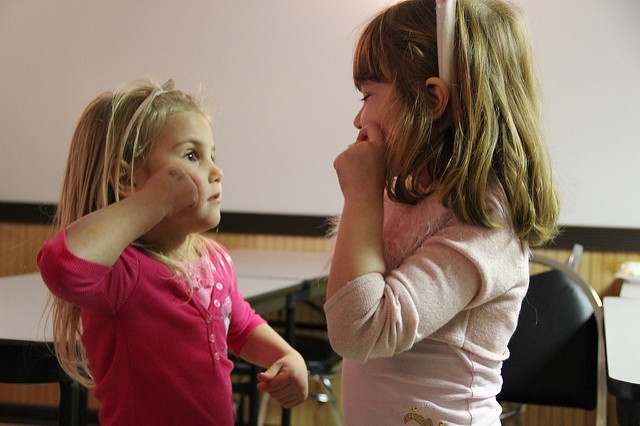Aggregated News

Last month, researchers in Oregon broke new scientific ground when they used CRISPR/Cas-9 to genetically modify human embryos, a first in the United States. CRISPR/Cas-9 is a powerful tool that offers immense promise for treating and curing disease, and it has triggered both hope and hype in the biomedical field. However, the power of CRISPR/Cas-9 presents an ethical dilemma (and no, we are not talking about the designer baby debate): What counts as “disease,” who gets to decide, and what are the consequences of finding a cure?
In many cases, we can draw bright lines between health and disease. In mice, researchers have used CRISPR/Cas-9 to remove a mutation responsible for Duchenne muscular dystrophy, shrink tumors caused by a particular gene, and eliminate an HIV infection by targeting viral DNA. These uses of CRISPR/Cas-9 are not controversial, and offer hope to people who seek treatment for such conditions.
But theoretically, anything determined wholly or in part by genetics (such as hemophilia, blue eyes, cystic fibrosis, and some forms of deafness) could be treated or reversed with CRISPR/Cas-9. Many human traits...



